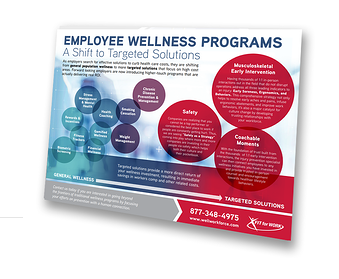When it comes to getting everyone onboard a workplace safety incentive program, the carrot is greater than the stick. The stick stands for lagging indicators: number of OSHA incident rates and workers comp rates. But the carrot forms the leading indicators: JSAs completed, PPE compliance, training percentage completion, completed critical work tasks, etc.—and the way forward toward getting the right employee behavior for the program’s rewards. That involves finding the gap (or mismatch) between stick and carrot, lagging vs. leading indicators. Finding the Gap The first thing to ask when creating an effective safety incentive program is, “Are we looking at activities? Do we want our employees doing things? Or are we looking to achieve results?” Looking at reactive measurements, such as OSHA incident rates, can produce a sense of powerlessness among employees, who feel they are unable to see the direct cause of the incidents and can positively change the outcome. Such factors are external and are called “hygiene factors,” from Frederick Herzberg’s two-factor theory. Herzberg lists those factors as:
- Working conditions
- Level and quality of supervision
- Company policies and administration
- Interpersonal relations
- Job security
- Salary
Herzberg states that these hygiene factors don’t particularly motivate employees, but rather create a worker who is not dissatisfied. A March 1999 American Express survey showed that “29 percent of those who received a cash award spent it on bills. Another 18 percent could not recall how they spent their cash.” (LaBelle) An extra step is necessary to bridge the difference between hygiene factors and motivating factors. Fixing the Mismatch Behavior-based safety incentive programs take it further and can fill in the gap between mismatched factors, identifying the real motivators. These include:
- Nature of work
- A sense of achievement
- Recognition
- Personal growth and advancement
Aligning hygiene factors (those things an organization has limited control over) with motivating, internal factors (such a positive reinforcement and recognition, pro-active communication, and opportunities for personal growth and advancement) can fix the mismatch between the two, helping create a sustainable safety incentive program. References: LaBelle, J. E. (Dec. 2005). “The Paradox of Safety Hopes and Rewards.” Retrieved from: www.asse.org





